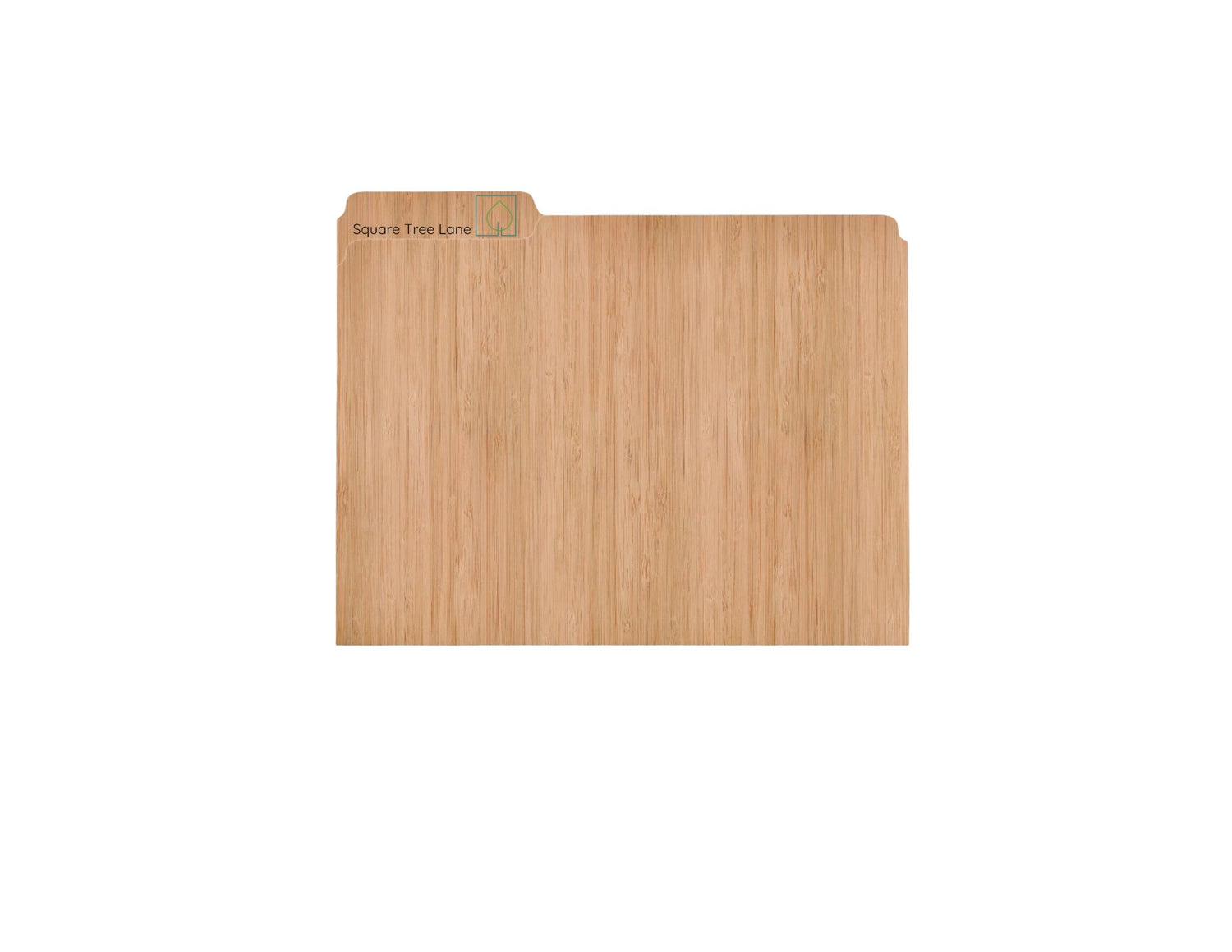
the wood files
Information for the wood curious.
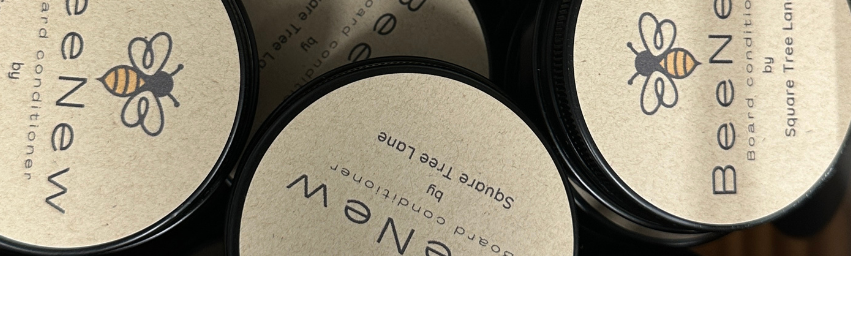
Board Maintenance
By Michele Parkinson November 24, 2024
These instructions provide the basic information needed for conditioning any of our wood products made to use with food. This page also provides information on cleaning & sanitizing if and when the need arises. If you want to know more about keeping your board in the best possible shape, please continue to read on.
Wood species: the good, the bad, & the ugly
By Michele Parkinson October 24, 2024
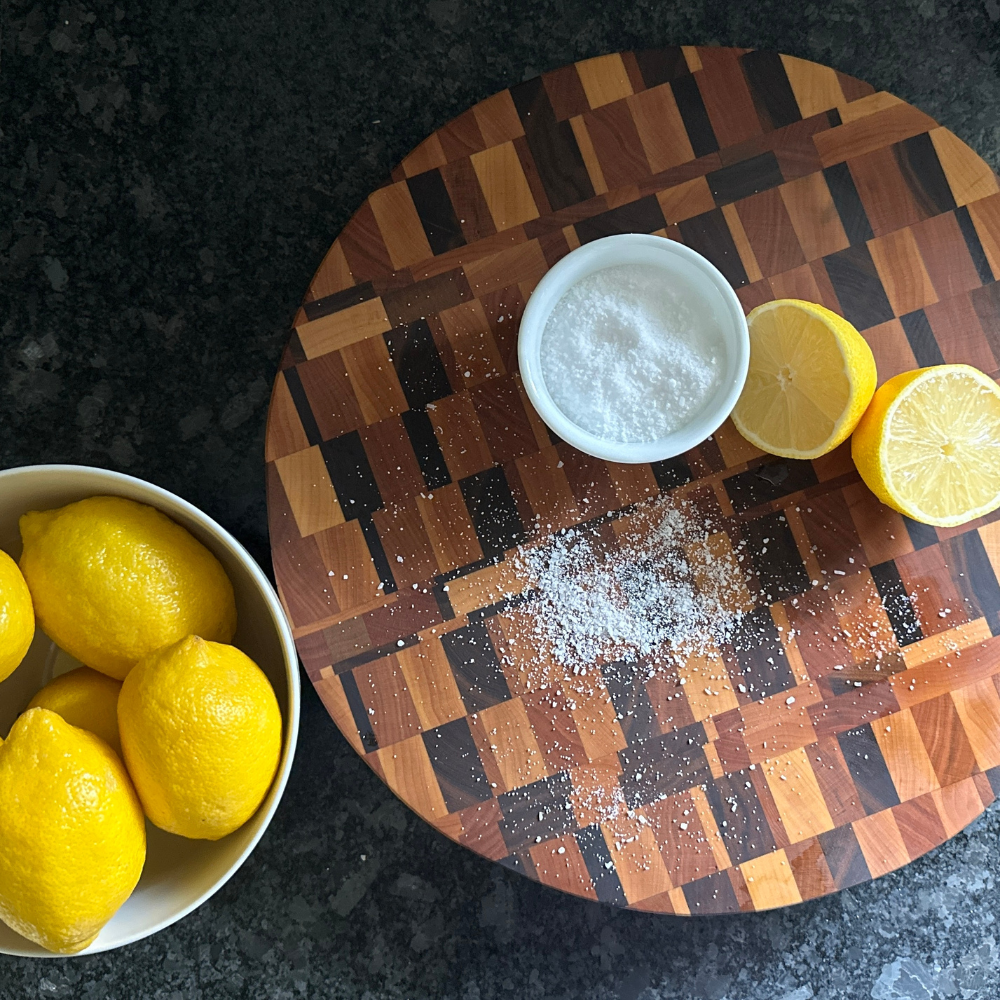
WHEN LIFE GIVES YOU LEMONS, CLEAN YOUR CUTTING BOARD.
By Michele Parkinson August 29, 2024
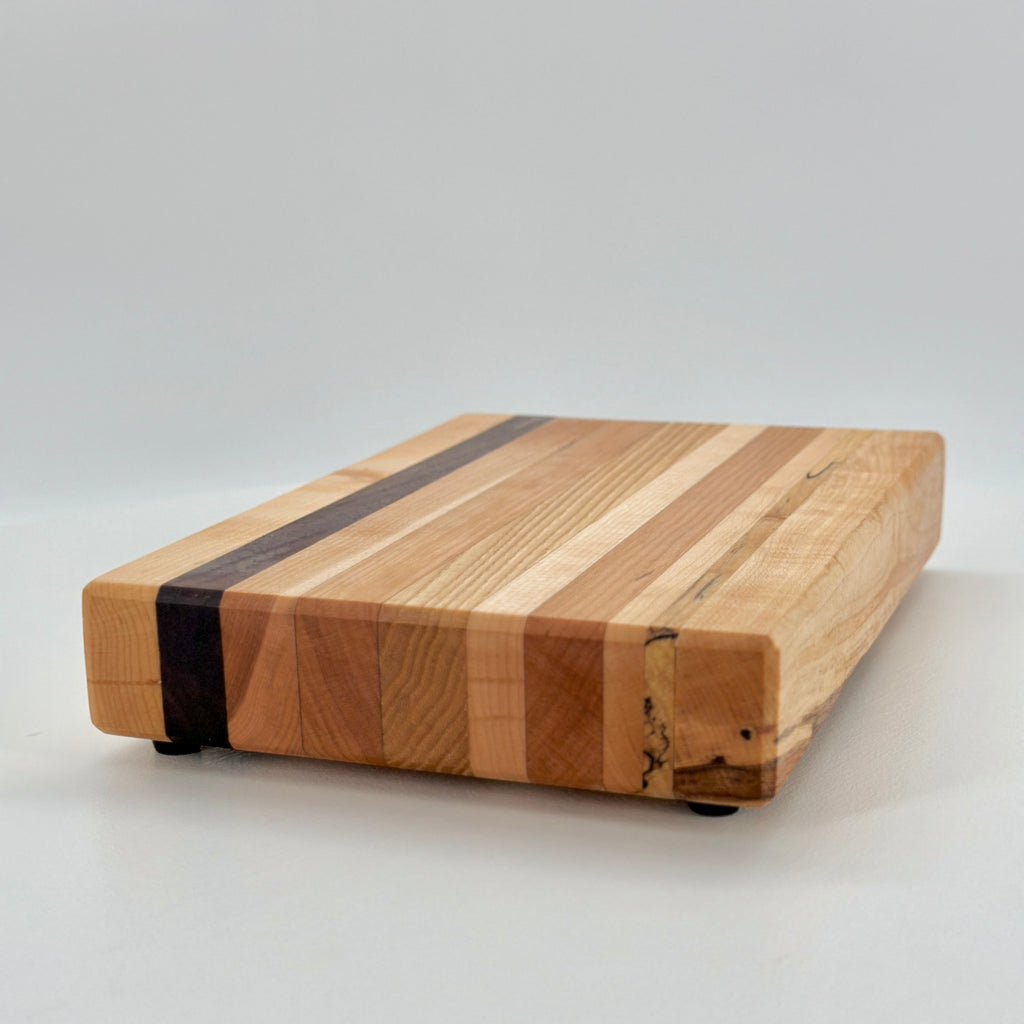
EAT, SLEEP, BUILD, AND REPEAT (WHAT TO CONSIDER BEFORE BUYING A CUTTING BOARD)
By Michele Parkinson August 06, 2024
Wood species matters. Some woods are actually toxic and should never be used to cut meat or veggies.
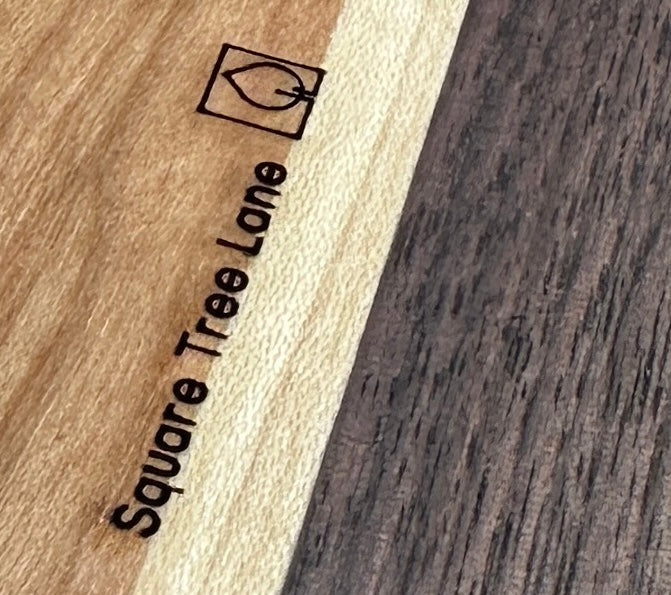
Wood Choice Matters (and other important decisions we make)
By Michele Parkinson May 31, 2024
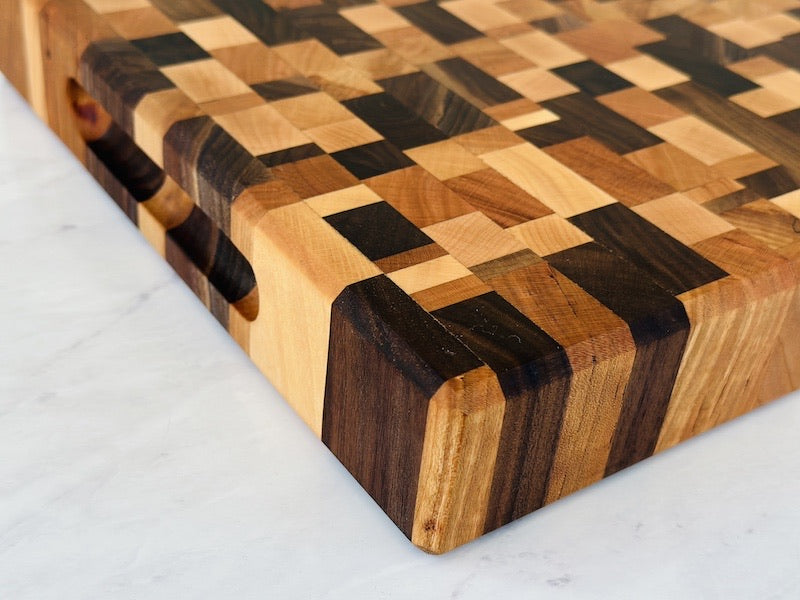
THE REASONS WE USE WALNUT, CHERRY, AND MAPLE HARDWOODS
By Michele Parkinson May 31, 2024

END GRAIN, EDGE GRAIN, FACE GRAIN, & NERDS
By Michele Parkinson August 18, 2023
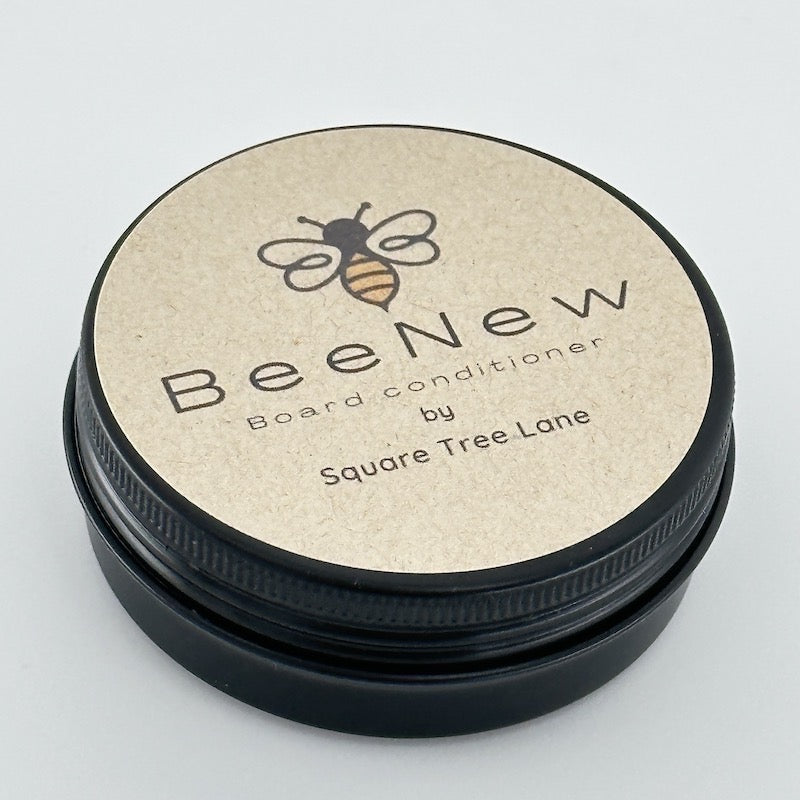
Steps for Cutting Board Care and Maintenance
By Michele Parkinson August 08, 2023
The Bottom Line
Your board is not a delicate flower. It is meant to be used! It's a work surface to use with sharp objects after all. So use it as the workhorse it is meant to be. Just remember like any good tool, it needs occasional maintenance to keep it working perfectly. Happy Chopping!
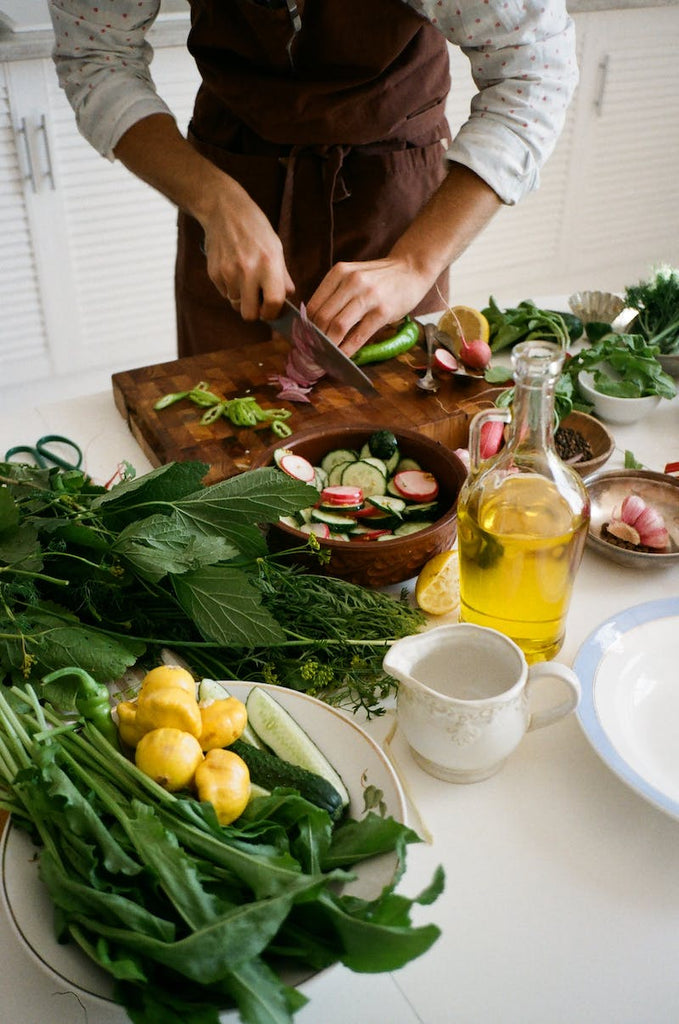
Cutting Board Safety
By Michele Parkinson August 08, 2023
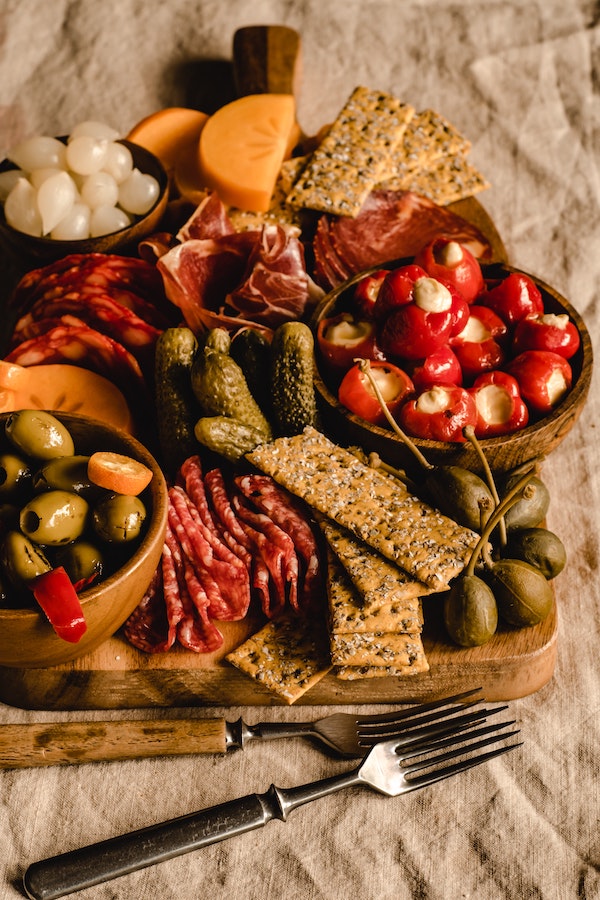
IT'S A CHARCUTERIE WORLD AFTER ALL
By Michele Parkinson June 05, 2023
Incidentally, the term Smörgåsbord has a very similar meaning. Contrary to the United States "Old Buffet" style adaptation, the roots are found in the upper class of 14th century Sweden where a small spread of bread, butter and cheese was offered before mealtime.
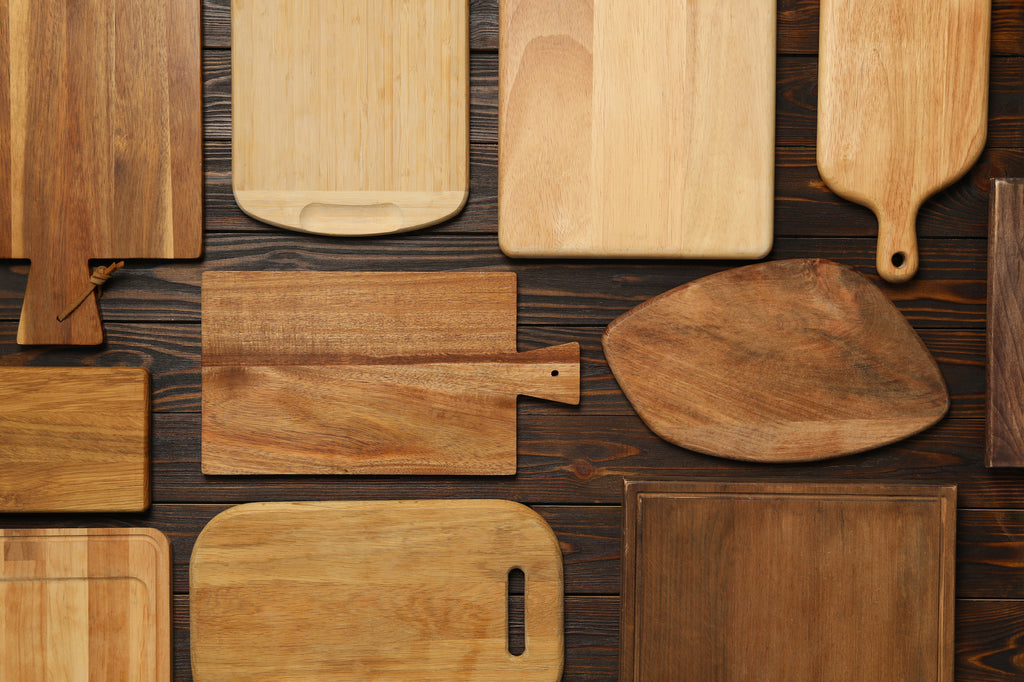
CUTTING BOARDS: THE SCIENCE AND HISTORY
By Michele Parkinson June 05, 2023
Not all woods are created equal and the type you use matters. Hardwoods like maple and walnut are better at resisting bacteria because they are very dense, fine grained and will draw in bacteria which then die as the board dries (Ben Chapman, food safety researcher NC State).

